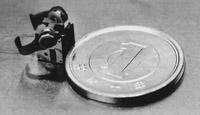Public buildings: special facilities
2002/11/01 Roa Zubia, Guillermo - Elhuyar Zientzia Iturria: Elhuyar aldizkaria
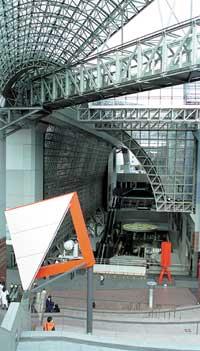
In the case of public buildings, functionality is largely imperative. For example, in the design of a bus station, priority is determined by the characteristics of transport. But taking into account these characteristics, public buildings offer the architect the possibility of experimenting both from the point of view of new materials and design.
Many times these experiments are the only way to build cheap buildings for large events. The stadiums with ceiling are good examples: to build large and luminous ceilings light and at the same time resistant structures are needed. The first giant tire roof was built in 1970 for the Osaka Universal Exhibition. Other similar structures have been invented since then to build unique installations.
Public buildings are unique installations from the point of view of design, size, etc. Usually they have a large space (they can have a plant of 45,000 square meters), they can be on the surface or in the underground, some must be designed to have natural light and others to be completely dark. In addition, all of them will have security and maintenance facilities.
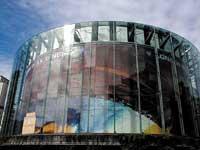
Special installations are not easy to design. Among other things, they generate distortion in the organization of the city and, from a constructive point of view, demand the participation of many research fields (apparently without some having to do with each other). Currently, the design and simulation by computer stand out. By numerical methods, it is calculated if the domes can be manufactured with new materials before their construction.
Built to be functional
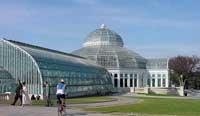
Although they require large dimensions and spaces, most public buildings are not usually high. However, the structures that support these buildings have higher burdens than those of housing. Therefore, they must have systems of foundation and beams that distribute this load properly. If a plant is too weak to bear the load, the beam transfers to another more robust plant. In the case of foundations, the construction can be even more complex, since it depends on the lower part of the building; for example, if the floor itself cannot bear the load of the entire building, “floating” foundations or other systems are required.
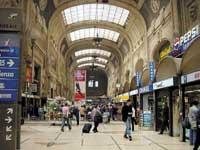
As for the exterior roof, flat roofs and transparent walls are very used in this type of buildings. The installation of a flat roof involves overcoming a series of difficulties, since it requires special characteristics, such as the techniques of containment of the roof and the drainage systems of rainwater are very special in this type of structures. However, the flat roof is an effective solution for large floor buildings. This part of the building is designed to be fully functional and normally does not provide any extra contribution to aesthetics.
Glass, however, offers many possibilities to preserve aesthetics and create environments; sometimes glass, instead of being transparent, is colored. However, despite the aesthetics and use of light, the designer considers many other factors. These structures have much to do with the transmission of heat: it is the people who enter an important source of heat in public buildings, and the heat produced by the crowd can be enough to heat the building. It can help in cold climates, but in warm climates is a source of problems. The dyed glass offers the possibility of producing discomfort to the sun.
Metal walls are also common. However, technology is essential to cope with both the effects of wind and rain. Despite not being a representative example, the Guggenheim Museum Bilbao has received the conclusion that the outer titanium plates began to rust and it had to prepare complex washing systems.
Top and bottom
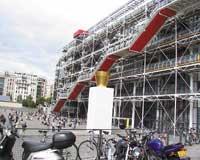
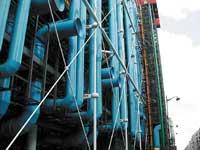
The services of public buildings also constitute an extraordinary framework of work. On the one hand, the security system must allow many people to leave as soon as possible and face fire and smoke. On the other hand, the building itself must offer a "mode of transport" (elevators, etc.) and efficient ladder systems. The distribution of people is very important, since in many public buildings there are improvised movements.
To manage these movements, the arrangement of steps and stairs must be simple and clean. It requires a design that allows you to leave any point of the building to the street in the shortest possible time, as long as possible, with the doors you find on the way pushed, that is, the movement of the door should always be out.
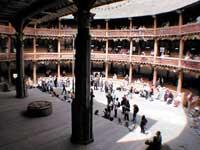
This arrangement is simple in many buildings, but in others the design is complicated. The structure of the cinema halls is a very special example. At present, in the same building there are many rooms at a time, each of them requires a special installation. To avoid the sound, we must isolate it, since the whole room is usually a box and what happens inside must only be heard inside. The design is not simple: this structure must maintain fire and smoke, in addition to having irrigation and ventilation systems ready to act at any time. In addition, it should be taken into account that in the screening room, inflammable acetate films should be stored, which increases the risk in case of fire.
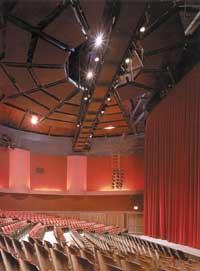
In other public buildings this problem is more serious: hospitals and laboratories, for example, need department stores to store medicines, food, gas and liquid bottles, etc. In addition to safety, the cleaning of these places should be especially taken care of.
Hidden tubes in sight
In piping systems the trend of the designer of a public building can be stoked. It is not a purely aesthetic problem, this aspect of design encompasses many factors. At higher population density, greater complexity of the pipe system. The pipeline has internal toilet pipes, water sources and drainage, but they are not the only ones; the electrical and ventilation systems must be installed along with the waste disposal ducts. Where does all this come in?
When talking about this problem, many will come to mind the Pompidou center. The main feature of this building is to have the pipes in sight. In this case, the system of pipes has become art, in part it can be said that the façade is formed by a set of ducts. However, in the functional buildings the visibility of the system of pipes has also become a common practice, since in the maintenance it is of great help to have all the facilities.
Dependent on the computer
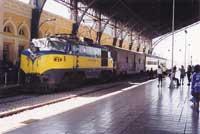
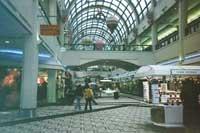
Mathematical models are gaining more and more strength in design. All the above is very difficult to take into account and in addition the building must be placed in a concrete environment. It is necessary to offer the public the possibility of approaching this site without creating chaos in the 'lifestyle' of the city.
A building can be composed of platforms, elevators, stairs, walkways, steps of electrical and mechanical equipment, etc. The elaboration of each of them requires a methodology and a specific design that allows to coordinate all the components following a specific sequence of construction.
For its construction it is essential to carry out geological studies, not only before its beginning, but also during its construction, to ensure the continuity of the work on foot. Along with this, it is necessary to use continuous tools and methodologies such as soil transformation and environmental impact prevention.
The ordination of all this implies another additional work: urbanism.

Gai honi buruzko eduki gehiago
Elhuyarrek garatutako teknologia




